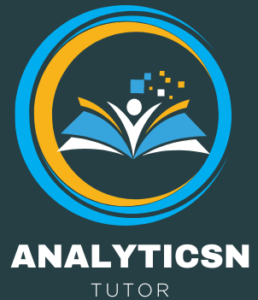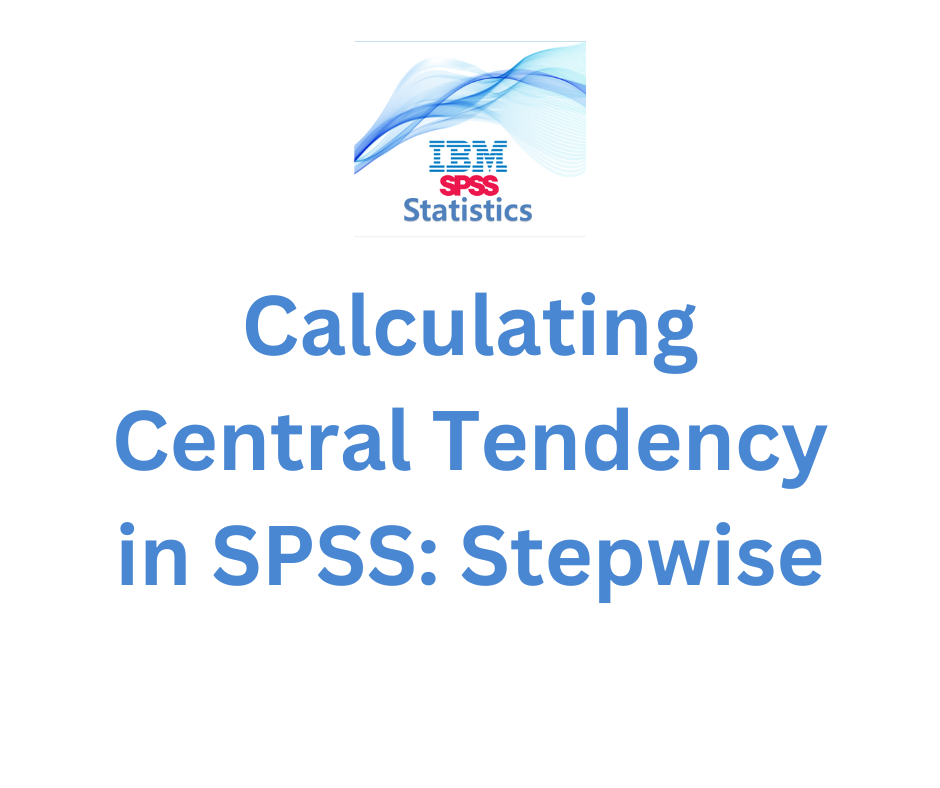Calculating Central Tendency in SPSS Statistics: Stepwise Explanation
Learn how to calculate central tendency measures like mean, median, and mode in SPSS Statistics. This step-by-step guide simplifies the process, making it easy for beginners to perform statistical analysis.


